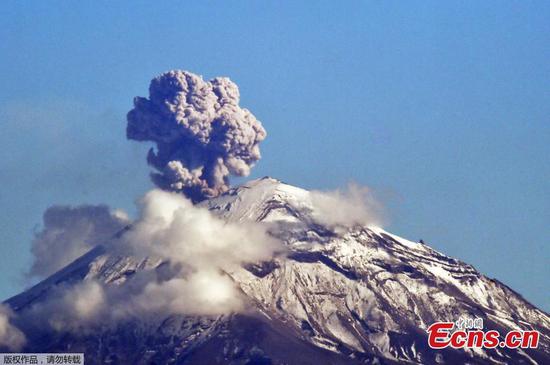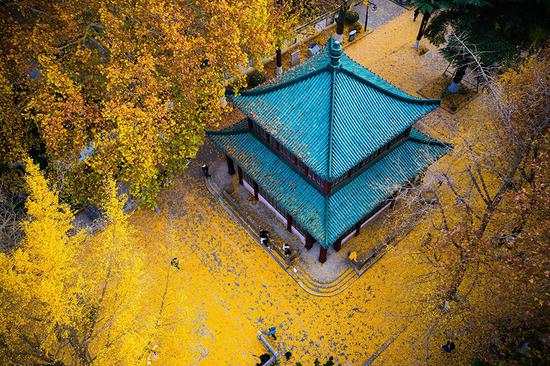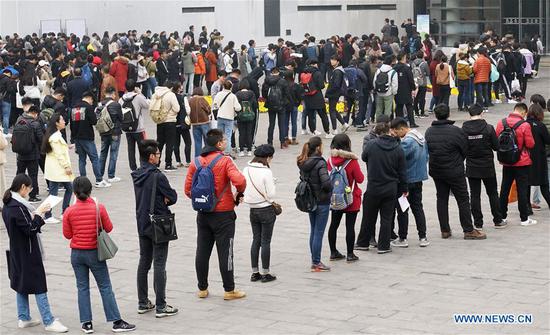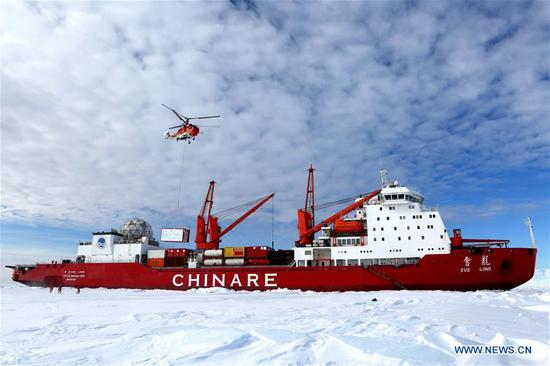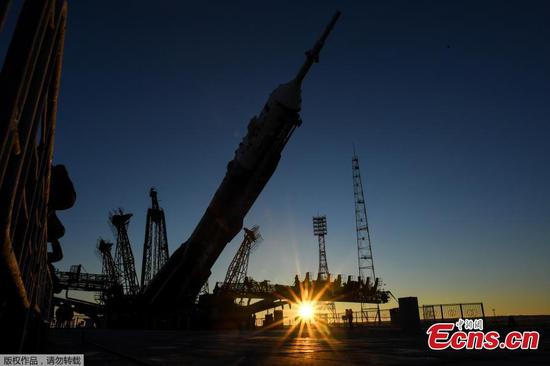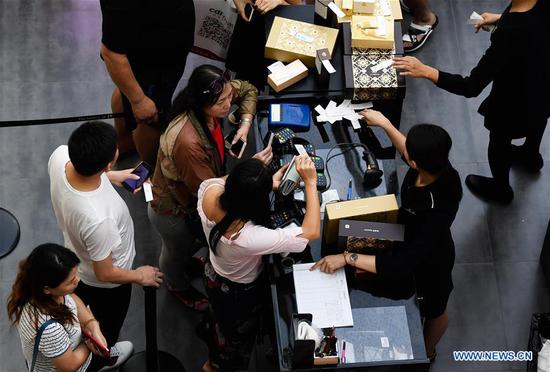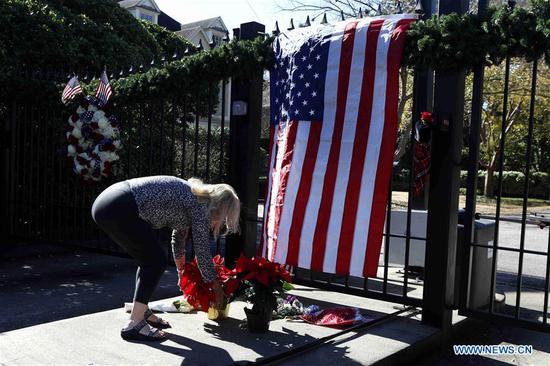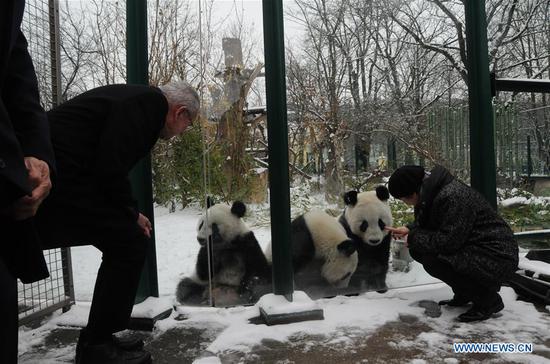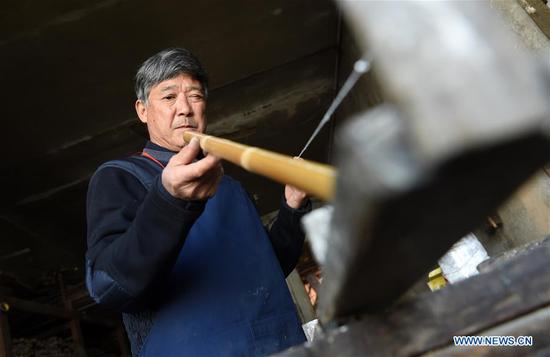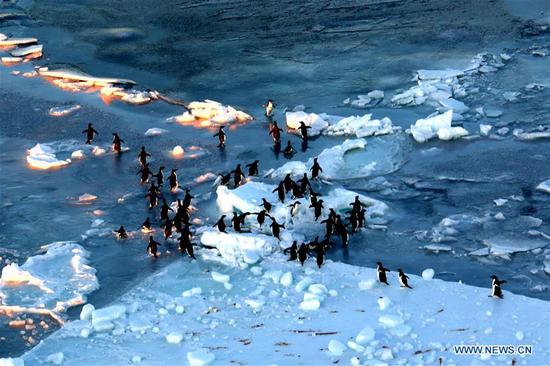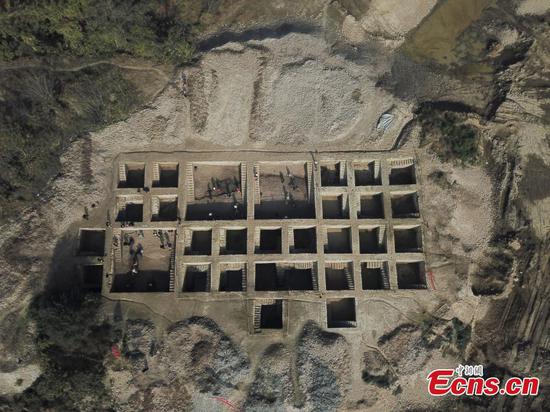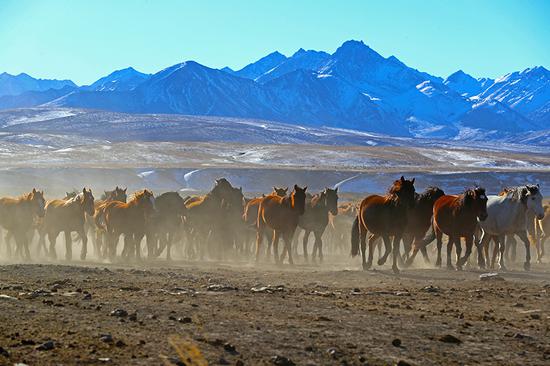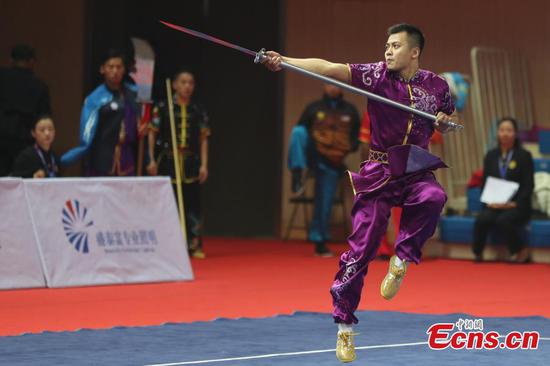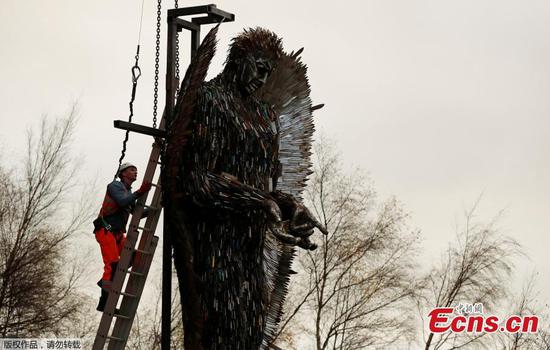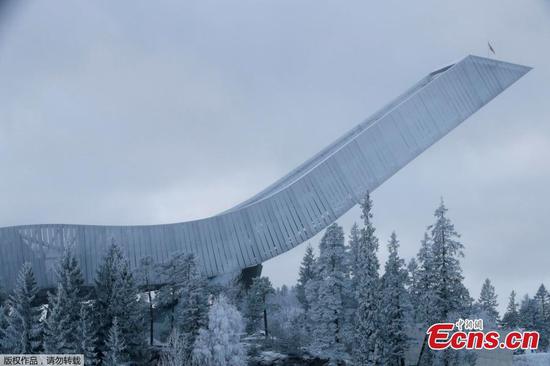U.S. private spaceflight company SpaceX launched a Falcon 9 rocket carrying 64 small satellites from Vandenberg Air Force Base in the state of California on Monday, setting a U.S. launch record for most satellites put into space at a single time.
The mission, dubbed SSO-A, or "SmallSat Express," is also SpaceX's first flight to reuse the Falcon 9 first-stage booster a third time.
The rocket blasted off from Space Launch Complex 4 at the air force base at 10:34 a.m. PST (1834 GMT), after a series of delays triggered by bad weather and additional last-minute inspections for the rocket.
At about two minutes and 21 seconds after liftoff, SpaceX confirmed first stage main engine cutoff.
Following stage separation, the first stage of the rocket successfully landed on the "Just Read the Instructions" droneship stationed in the Pacific Ocean, SpaceX tweeted. It completed Falcon 9's third launch and landing this year.
Later on, SpaceX confirmed second stage engine cutoff and successful deployment of four microsats and the upper and lower free flyer with additional payloads for SSO-A.
Monday's launch also included an attempt to catch and recover the fairing, with a giant net stretched across a boat called Mr Steven. However, SpaceX CEO Elon Musk confirmed Mr Steven missed the catch.
"Falcon fairing halves missed the net, but touched down softly in the water. Mr Steven is picking them up," Musk tweeted.
"Plan is to dry them out & launch again. Nothing wrong with a little swim," he added.
SSO-A marks the largest single "ride share" mission from a U.S.-based launch vehicle to date. The Falcon 9 carried to a Sun Synchronous orbit 64 spacecraft, in particular 15 Micro satellites and 49 cubesats, from 34 different organizations from 17 countries.
Arranged by a Seattle-based company called Spaceflight Industries, Monday's launch is SpaceX's 19th mission of 2018.
The payloads, which vary from technology demonstrations and imaging satellites to educational research endeavors, are from universities, startups and middle school from 17 countries, according to Spaceflight.
A series of six deployments will occur approximately 13-43 minutes after liftoff, after which Spaceflight will begin to command its own deployment sequences. Spaceflight's deployments are expected to occur over a period of six hours, according to SpaceX.
Spaceflight also constructed a unique payload stack, which is one of the most complex and intricate endeavors that the company has undertaken. The smallsats will be integrated with a variety of dispensers and avionics to an upper free flyer and lower free flyer.
"We've developed a deployment sequence that's based off a high-fidelity analysis that we did specifically to make sure our customers don't collide into each other upon deployment, so we're taking our time," said Jeff Roberts, Spaceflight's SSO-A mission manager.
"We make sure that we phase that to maximize the distance in separation between all of our customers," he said.
According to Roberts, these spacecraft range in size from a refrigerator to ones as small as a cell phone, and their missions are even more diverse.
It is the first reflight of a Falcon 9 booster for a third time. Falcon 9's first stage for the SSO-A previously supported the Bangabandhu Satellite-1 mission in May 2018 and the Merah Putih mission in August 2018.
Monday's mission was previously scheduled for several times, but was postponed to Monday for additional pre-launch inspections.









